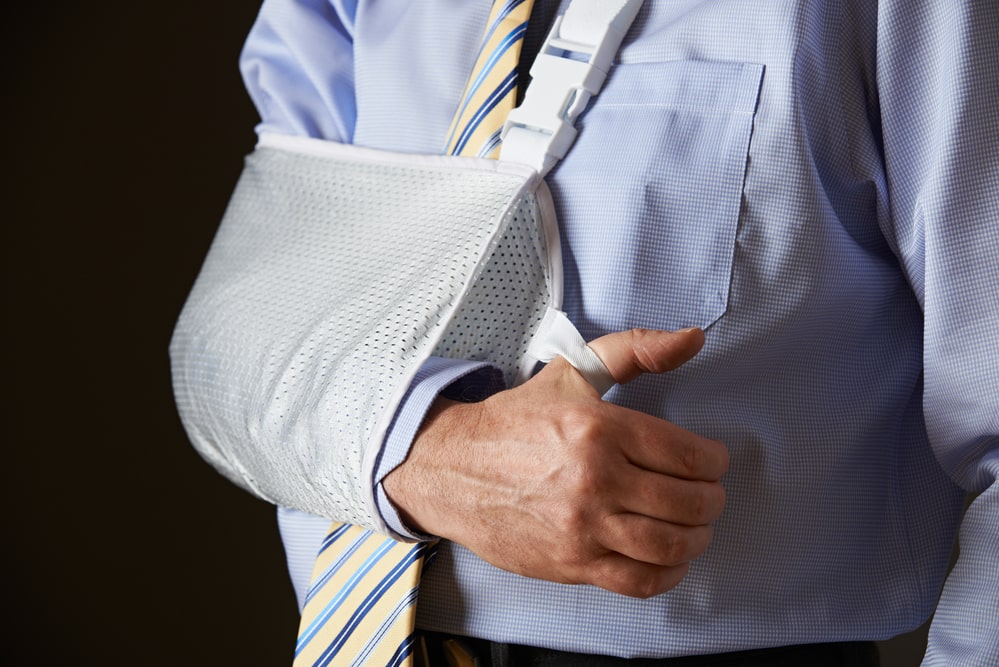The New Frontier Of Evidence: Data From Your Wrist
If you’ve been in an accident in the past few years, chances are you weren’t just carrying a phone, you were wearing a small computer on your wrist. Smartwatches and fitness trackers like the Apple Watch, Fitbit, and Garmin have quietly become one of the most powerful new tools in personal injury cases.
These devices are no longer just for counting steps or tracking sleep, they’re capable of recording detailed health and location data that can help prove (or disprove) what really happened in an accident. As attorneys and insurers adapt, wearable tech is reshaping how evidence is collected, presented, and challenged in court.
We’d like to thank our friends at Mickey Keenan P.A. for the following post about how wearable tech is changing personal injury cases.
What Kind Of Data Wearables Can Capture
The average wearable device today records far more than heart rate and movement. Depending on the model and settings, an Apple Watch or Fitbit might log:
- Heart rate patterns before, during, and after an accident
- Sudden motion or impact data from accelerometers
- GPS and route tracking to verify location and timing
- Sleep quality and duration (important for fatigue-related claims)
- Oxygen saturation (SpO₂) and stress metrics
- Fall detection alerts or emergency SOS timestamps
For an attorney, these metrics can help answer crucial questions:
- Was the victim active and healthy before the crash?
- Did the data show a sudden fall or impact at the claimed time?
- Were there physiological signs (heart rate spike, movement pattern change) consistent with the accident?
In the right hands, this information can bridge the gap between medical records and testimony.
How Wearable Tech Strengthens A Personal Injury Claim
Objective Proof of the Event
If you claim to have fallen at 7:42 p.m. outside a store, your watch might show a sudden deceleration at that exact minute, followed by a drop in heart rate as you lay still. GPS data can confirm where you were. That’s stronger than any eyewitness.
Tracking Recovery and Long-Term Impact
Post-accident, wearables can help show how a client’s life has changed. Sleep interruptions, reduced activity levels, or prolonged periods of inactivity can demonstrate ongoing pain or reduced quality of life, data that’s compelling in settlement negotiations.
Countering “You Seem Fine” Defenses
Defendants and insurers often argue that victims exaggerate injuries. But data showing months of low activity or poor sleep tells a very different story. Quantifiable trends carry more weight than anecdotal statements.
Supporting Medical Testimony
When doctors testify about physical limitations or chronic symptoms, wearable data can back up those claims with real-world, day-to-day evidence. It’s the digital equivalent of having your doctor follow you home.
Real Cases Where Wearables Made A Difference
- Activity drop-off proves disability: In a 2014 Canadian case, data from a Fitbit was used to show that an accident victim’s activity levels were significantly below baseline, helping prove ongoing impairment.
- Heart-rate data refutes alibi: Police and prosecutors have used Apple Watch data to verify times of death or activity levels during alleged incidents. The same logic applies in civil claims, if your tracker shows an abrupt halt in movement, it may corroborate your version of events.
- Fall detection timestamps: In slip-and-fall and assault cases, automatic fall alerts can verify that an event occurred when and where a victim said it did.
As these examples gain visibility, lawyers and insurers alike are recognizing how valuable wearable data can be.
Privacy And Admissibility: The Double-Edged Sword
While wearable data can help prove a claim, it can also be used against you. Insurers and defense attorneys may subpoena device data to look for inconsistencies, like activity logs suggesting the injured person was hiking a week after their alleged injury.
Key privacy and evidentiary issues include:
- Consent: Courts may require the plaintiff’s consent or a warrant for full access.
- Authentication: The data must be proven reliable, showing that the device belongs to the plaintiff and hasn’t been tampered with.
- Context: Defense teams can misinterpret data without medical context (e.g., increased heart rate could come from anxiety, not activity).
It’s vital that your personal injury lawyer reviews any wearable data before it’s shared, making certain it aligns with medical records and testimony.
Challenges In Using Wearable Data
- Data Accuracy
No device is perfect. GPS can drift indoors, heart-rate sensors can miss readings, and sudden wrist movement might mimic a fall. Attorneys must work with tech professionals or data analysts to validate readings.
- Data Access and Ownership
Apple, Google, and Fitbit store user data on their servers. Getting that information may require account credentials, cloud permissions, or a court order. Knowing how to retrieve it legally and securely is key.
- Interpreting the Numbers
Raw data can be misleading. A dip in activity could mean pain, depression, or simply a lost charger. Professional interpretation makes certain wearable data supports—not confuses—the case narrative.
How Lawyers Use Wearable Data Strategically
- Timeline reconstruction: Correlate device timestamps with accident reports, 911 calls, and vehicle black box data.
- Consistency checks: Compare pre- and post-accident activity, sleep, and stress levels.
- Supporting professional testimony: Provide additional data for medical and biomechanical professionals.
- Negotiation leverage: Quantifiable trends can strengthen settlement discussions and undercut insurer skepticism.
Why This Matters For Everyday People
You don’t have to be a tech professional to benefit from wearable data, it’s about protecting yourself with facts. Most people already have months or years of personal data that could prove invaluable after an accident.
If you’re injured:
- Don’t delete or reset your device after the incident.
- Save health and location data immediately (export via the app).
- Tell your attorney what device you wear, they can guide how to preserve it.
Even if you never file a claim, keeping a record of your physical health and activity can give you insight into recovery and help your doctors make better decisions.
What’s Next: The Future Of Digital Evidence In PI Law
We’re only scratching the surface of wearable evidence. As new devices track blood pressure, blood sugar, body temperature, and more, these metrics will add layers of insight into pain, trauma, and recovery.
Emerging trends to watch:
- Medical-grade wearables (like the Apple Watch) are being introduced in injury litigation.
- Data fusion—combining car telematics, smart home data, and wearables for full-context accident reconstructions.
- Insurance integrations—where policy discounts come with data-sharing agreements that might later affect claims.
For law firms and clients alike, understanding this landscape early gives you a serious advantage.
The Bottom Line
Wearable tech is doing for personal injury law what dashcams did for traffic cases, it’s bringing hard evidence into situations that used to rely only on memory. But with that power comes responsibility: to protect your privacy, to interpret data carefully, and to use it ethically.
For attorneys, wearable data offers a modern way to fight for clients’ credibility. For clients, it’s a reminder that the little device on your wrist might someday be the key to proving your truth.

